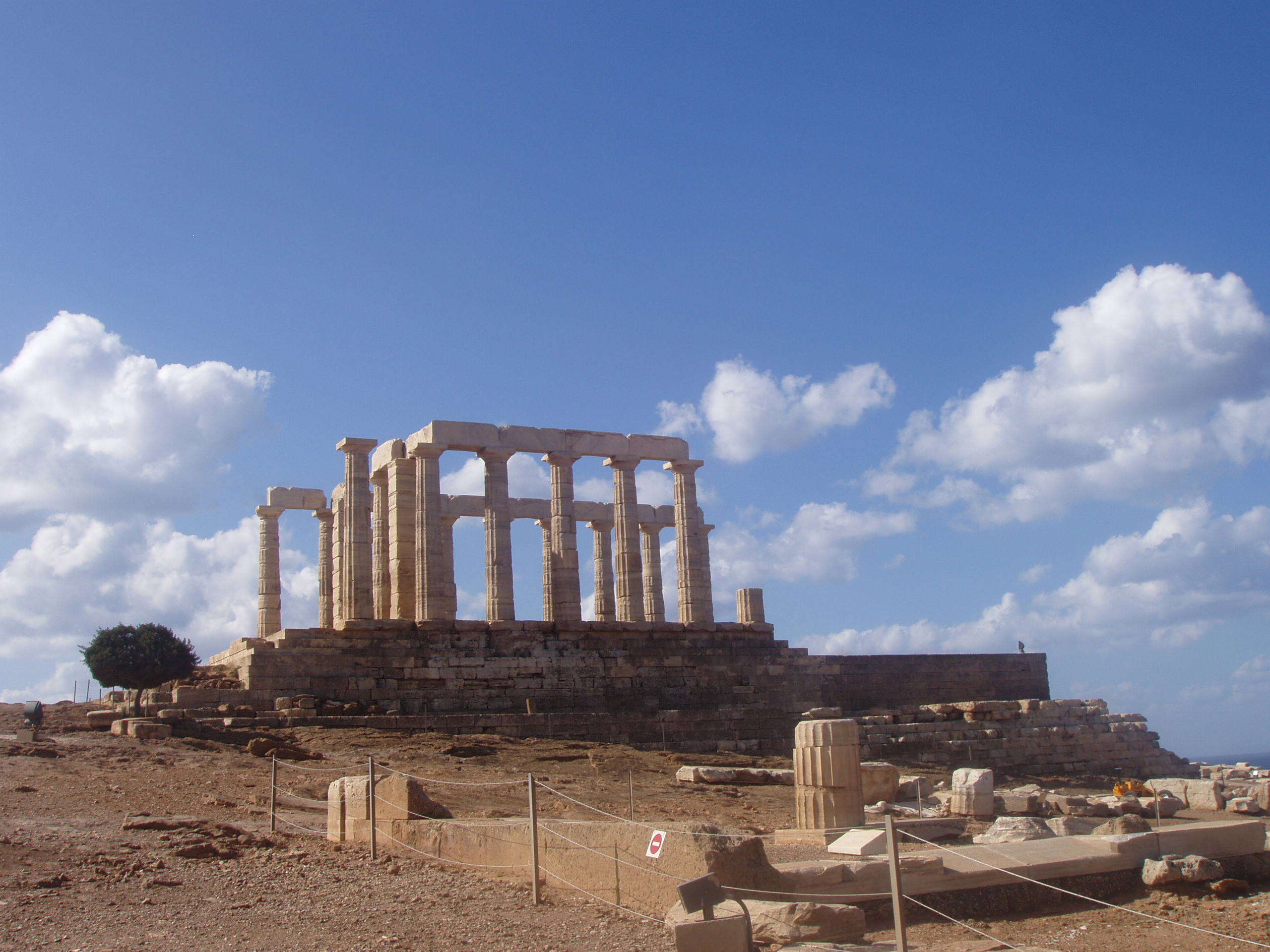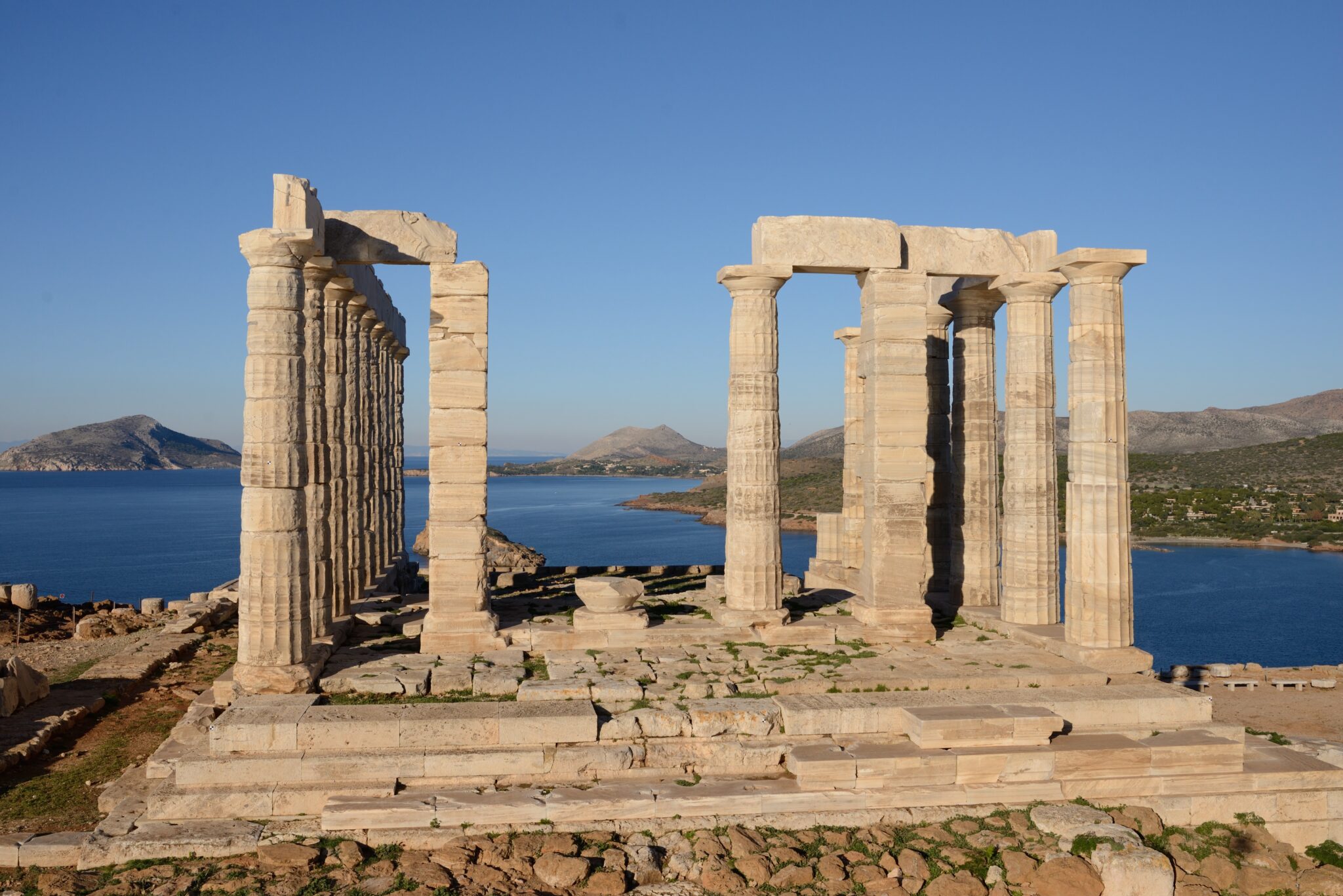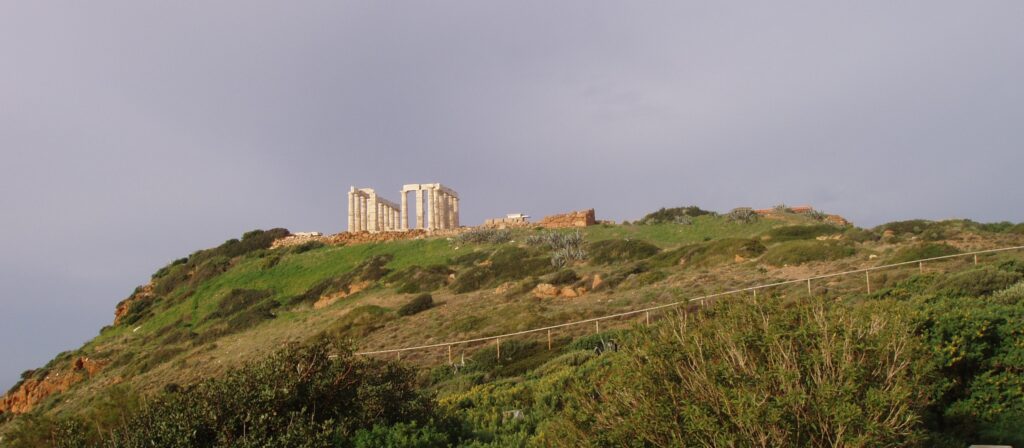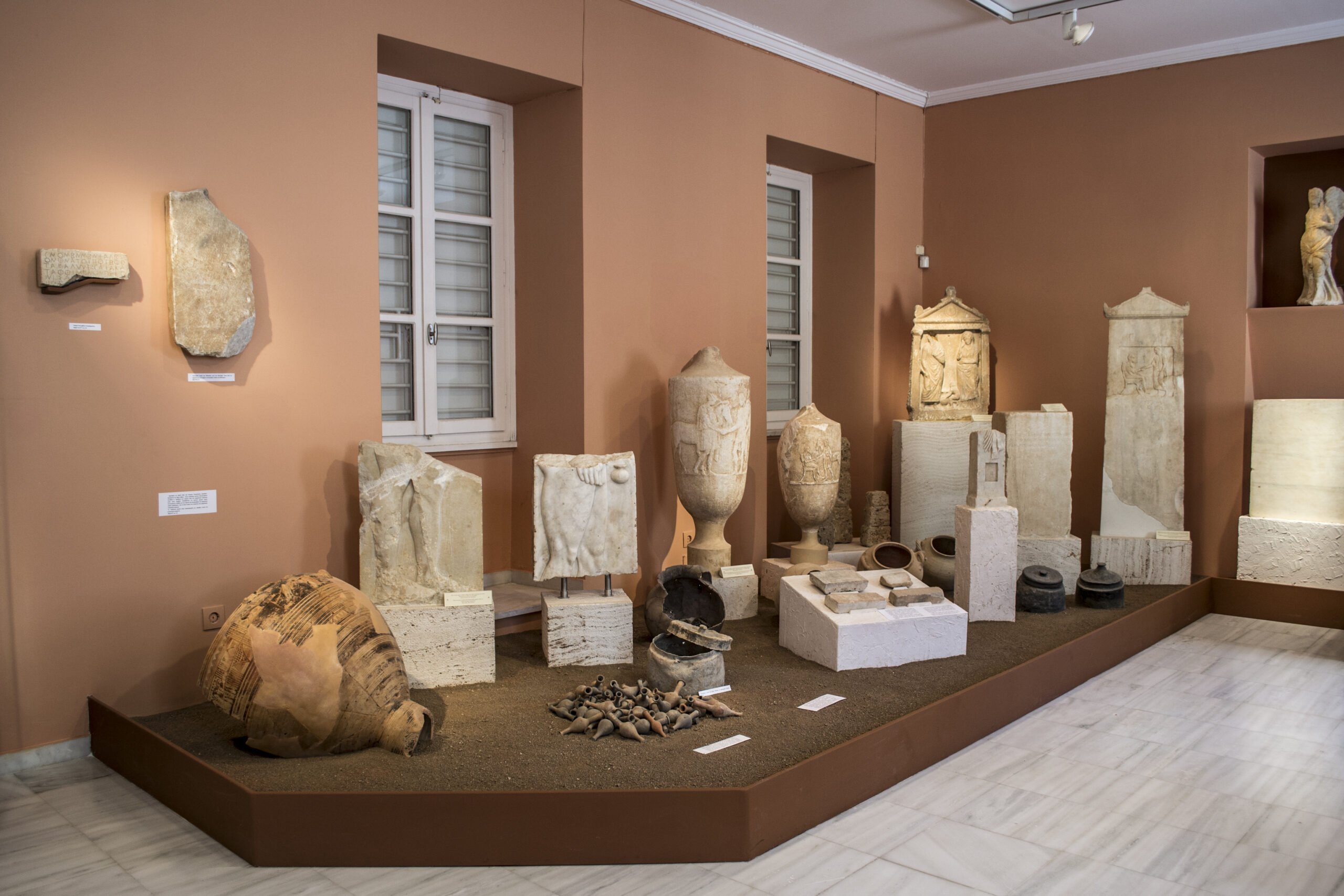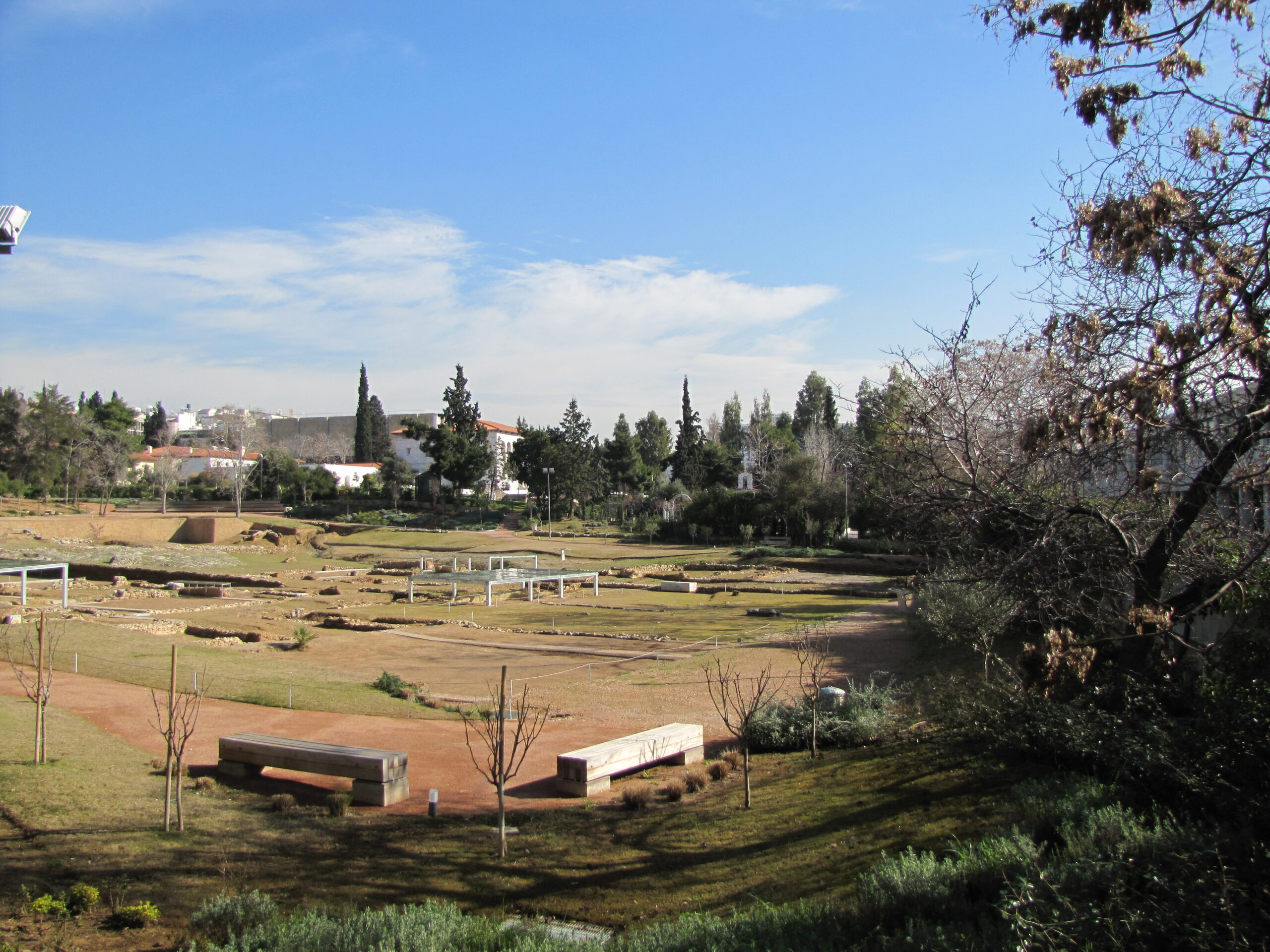At Cape Sounion, the southernmost stronghold of Attica on the Aegean, the Temple of Poseidon has stood proudly through the centuries. In both the Byzantine era and more recent times, sailors used it as a landmark on their voyages, calling the cape Kavokolones (Cape of Columns).
Homer mentions Sounion in the “Odyssey” as a sacred place. According to his account, King Menelaus of Sparta stopped there on his return from Troy to bury Phrontis, the helmsman of his ship. From its rocky cliffs, the mythical King Aegeus of Athens threw himself into the sea, thus giving it his name – the Aegean Sea. The reason: seeing the ship of his son Theseus returning from Crete with a black sail, he mistakenly believed the Minotaur had killed him.
The Doric temple was built in the mid-5th century BC on the ruins of an earlier temple that was still under construction when the Persians invaded the Athenian city-state and destroyed it, along with other sanctuaries. It stands at the highest point of the cape, at the center of the sanctuary, which was enclosed by a built wall on the landward side. The temple’s frieze depicted scenes of the Centauromachy and the Gigantomachy, symbolizing the Athenians’ victory over the Persians. Some of the relief slabs are now on display at the Archaeological Museum of Lavrio.
The cape was a key strategic outpost on the Athenian frontier. From this vantage point, they could monitor ships bound for the main harbor at Piraeus and safeguard the silver-rich mines of the Lavreotiki hinterland. A defensive wall secured the landward approach, while at the entrance to the north harbor stood the naval base, from which fully armed triremes could swiftly set sail in times of threat.
On the opposite hill lie the foundations of the Temple of Athena, whose distinctive design was noteworthy enough to be described centuries later by the Roman architect Vitruvius (1st century BC).
The beauty of the landscape is breathtaking at sunset, a sight enjoyed by visitors for centuries, including the Romantic poet Lord Byron.
Access
68th km Athens-Sounion Highway
19500, Sounion Lavreotiki
2 hours from Athens, by intercity bus (KTEL) from Aigyptou Square – Pedion tou Areos
65 minutes from the center of Athens
Opening hours
April 1 – October 31
Daily: from 09:30 until sunset
November 1 – March 31
Daily: from 09:30 until sunset
The site remains closed on the following dates and public holidays: January 1, March 25, May 1, Easter Sunday, December 25 & 26.
Tickets
Full: €20,00
Reduced: €10,00
Amenities
Contact
Archaeological Site of Sounion
T: +30 22920 39363
E: ahs@culture.gr

